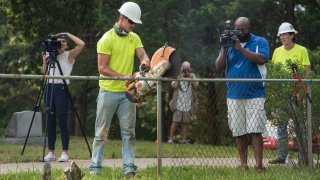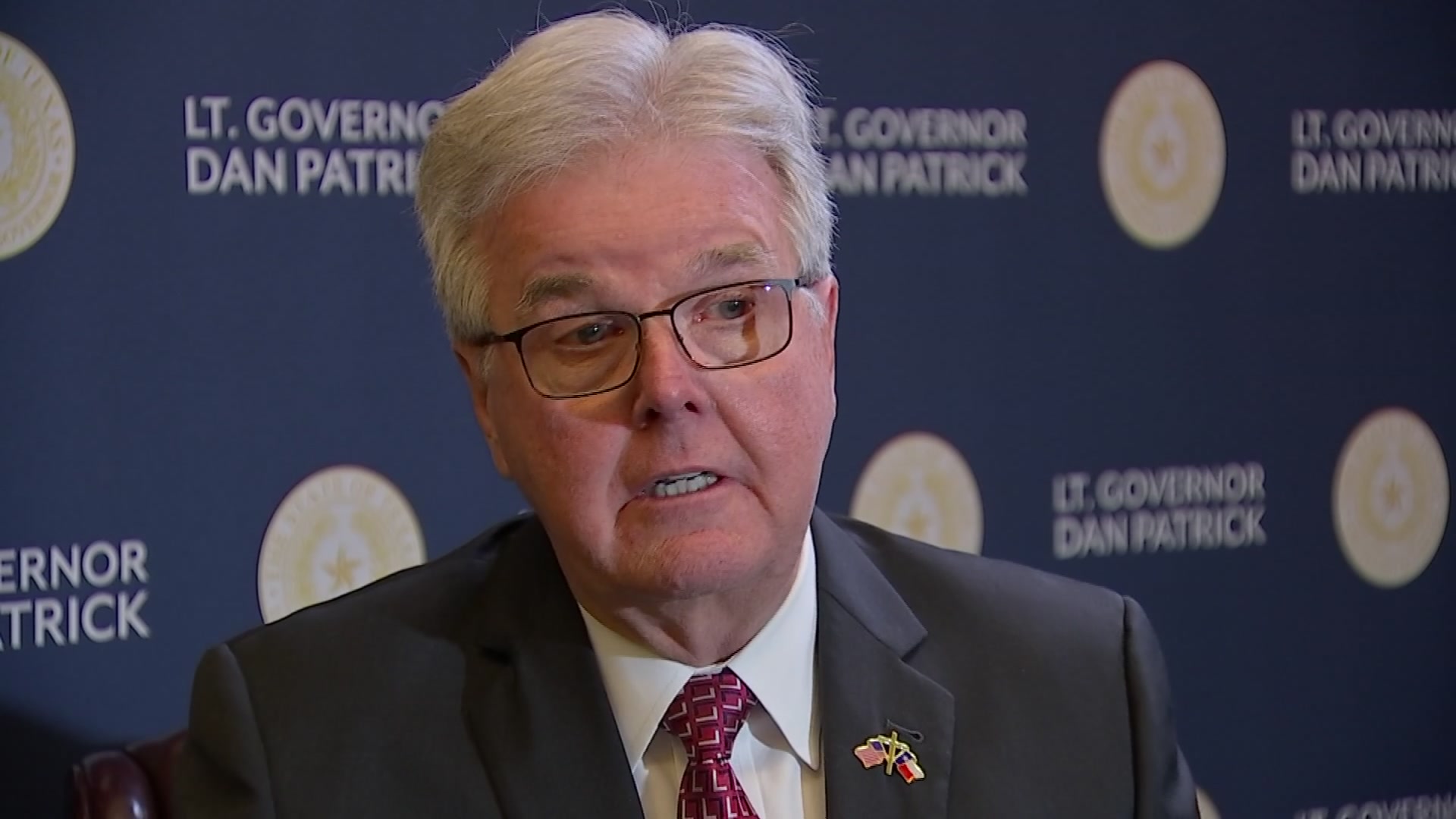
Another lingering relic of the Jim Crow era was being ripped from the ground this week in a small East Texas town.
Municipal crews were digging up a fence between two adjacent but separate historically Black and historically white cemeteries in Mineola, about 75 miles east of Dallas.
The removal project began with a Wednesday morning ceremony and is expected to take four days, said David Collett, president of Cedars Memorial Garden, the cemetery historically reserved for the graves of white people.
"It was a very emotional moment," he said.
Pastor Demetrius Boyd of the predominantly Black St. Paul Missionary Baptist Church in Mineola said that although removing the fence was the Black community's desire for decades, he began working toward it since arriving in 2007.
Boyd said he persuaded the Cedars board to allow an easement from its U.S. 69 front gate to the City Cemetery, which had been accessed only from an obscure entrance from a back road.
The improved access to the Black cemetery satisfied all parties, Boyd said. But early this month, a funeral and burial was held for an African American former FBI agent and Marine that drew mourners from outside the Mineola area. That, combined with the social climate in the wake of the Minneapolis police slaying of George Floyd, ignited a push to erase lingering relics of white supremacy, such as the fence, Boyd said.
Texas News
News from around the state of Texas.
Cedars was formally known as the City of Mineola Cemetery, while the historically Black cemetery is called City Cemetery. That created the mistaken impression among the public that the cemeteries were city-owned and the segregation reflected badly on Mineola, Boyd said.
That's where City Manager Mercy Rushing and the City Council came in. The council approved community development funds to send crews to remove the fence. Collett and Boyd both said the next step would be to make the two cemeteries one by merger or creation of a single organization to look after both.
"Times change, boards change," Boyd said.
For more, click here to read the Tyler Morning Telegraph's coverage.



